Out Now
The Infrastructure Issue
Current Issue
The Infrastructure Issue
JUN - JUL 2025

From safety and convenience to security and sustainability, the gold standard in multi-res moves so fast it’s always seemingly just out of reach. Here’s what it might look like in the not-too-distant future.
The trend towards more compact and affordable living spaces has forced developers to challenge the stereotypes that multi-res means living cheek by jowl, and forgoing space and privacy along with natural light and ventilation. In contrast, many of today’s new builds prioritise a distinctly luxurious feel. Architects are creating bright and airy spaces, with open-plan layouts that are as versatile as they are practical.
Alongside this, as technology advances, consumers expect more cleverness from their homes, including features such as smart home technology, advanced security systems and EV charging.
By incorporating these desires, residential developers can attract more buyers and provide a better living experience for their residents. So far, so good.
“Home automation is becoming increasingly popular, with builders and developers trying to stay one step ahead of their competitors by constructing new homes that are at the forefront of smart technology and home automation,” says Sydney-based property development manager Peter Iliopoulos.
Developers are also constantly adapting their designs in line with new regulations and building codes. And a lot of that is being driven by the need to meet the growing demand for sustainable and eco-friendly housing.
“The real estate industry is responsible for a massive portion of global energy consumption, greenhouse gas emissions, and raw material usage,” says Peter.
“As a result, there has been increasing pressure on the construction industry to reduce its environmental impact and contribute to the achievement of climate and environmental sustainability targets. While there is advancement in reducing waste and more effective construction methodologies out there, it is the end product that needs to be green and smart.”
As a handy side effect, the application of environmental, social and governance (ESG) standards can also have a significant impact on the value of a property, making it more desirable for its lower operating costs due to reduced energy consumption. Increased rental returns and capital growth along with your green conscience? Yes please!
“The National Construction Code (NCC) has started incorporating electrical infrastructure allowances to all new developments to avoid impacts on the original design loads to an existing electrical grid,” says Peter. “To comply with new energy efficiency standards, there must be a provision for switchboards and EV charging infrastructure in new buildings.”
There are also innovative ideas around controlling your electricity supply and use floating around in the blue sky right now, that might not be too long coming into play. Expect smart home technology to be joined by renewable energy microgrids within residential developments in the near future, allowing multi-residents to generate, store and share renewable energy within their communities.
While solar PV systems have taken off in residential Australia over the past decade or so, it has its challenges in the multi-res sector, and that’s largely down to cost. For example:
Retrofitting also has its challenges. The roof area will most likely be common property, meaning a special resolution is required for installation.
And then the decisions need to be made on how to split the bills between those who want to participate.
So, while there is a small emerging trend for multi-residential developers to use this type of infrastructure in their projects, the installation of residential solar and battery systems tends to eat into profits, forcing developers to increase sales prices at the risk of pricing themselves out of the market.
Typically, solar PV has been left to the owner occupiers who can claim incentives from government schemes and energy providers. Having said all that, these associated costs are slowly becoming affordable as more projects come online. Strata apartment buildings are one of the final frontiers for rooftop solar, a ripe opportunity just waiting for the right solution.
Keep up to date with our latest news and competitions by subscribing to our regular newsletter.
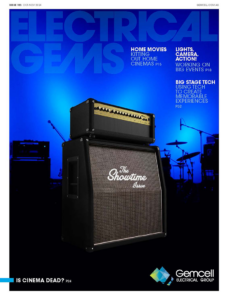
Issue 183
OCT - NOV 2024

Issue 182
AUG - SEPT 2024

Issue 181
JUN - JUL 2024

Issue 180
APR - MAY 2024

Issue 179
FEB - MARCH 2024
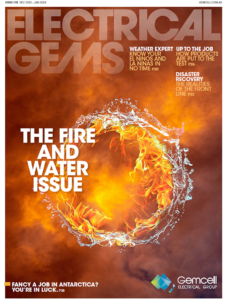
Issue 178
DEC 2023 - JAN 2024
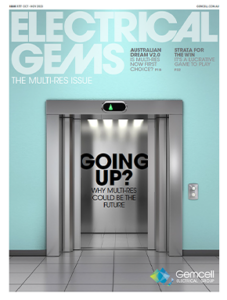
Issue 177
OCT - NOV 2023
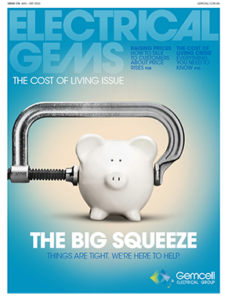
Issue 176
AUG - SEPT 2023

Issue 175
JUN - JUL 2023
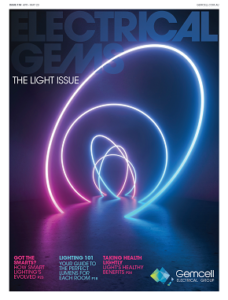
Issue 174
APR - MAY 2023

Issue 173
FEB - MAR 2023

Issue 172
DEC 2022 - JAN 2023

Issue 171
OCT - NOV 2022

Issue 170
AUG - SEPT 2022
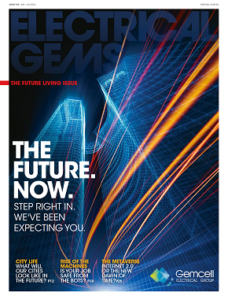
Issue 169
JUN - JUL 2022
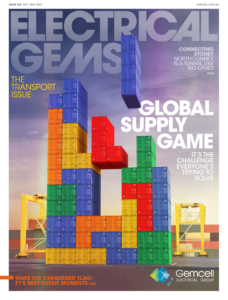
Issue 168
APR - MAY 2022

Issue 167
FEB - MAR 2022

Issue 166
DEC 2021 - JAN 2022

Issue 165
OCT - NOV 2021

Issue 164
AUG - SEPT 2021
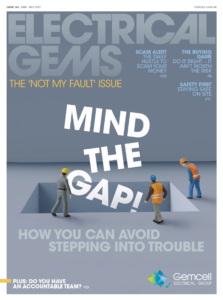
Issue 163
JUN - JUL 2021
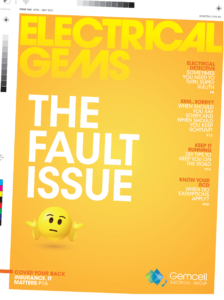
Issue 162
APR - MAY 2021

Issue 161
FEB - MAR 2021

Issue 160
DEC 2020 - JAN 2021

Issue 159
OCT - NOV 2020

Issue 158
AUG - SEPT 2020

Issue 157
JUN - JUL 2022
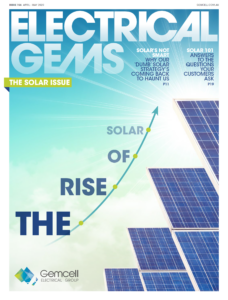
Issue 156
APR - MAY 2020

Issue 155
FEB - MAR 2020

Issue 154
DEC 2019 - JAN 2020
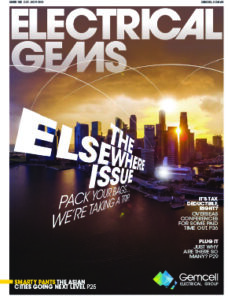
Issue 153
OCT - NOV 2019

Issue 152
AUG - SEPT 2019
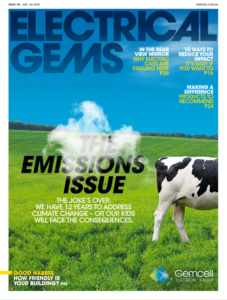
Issue 151
JUN - JUL 2019
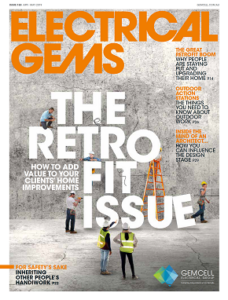
Issue 150
APR - MAY 2019
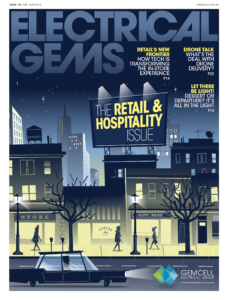
Issue 149
FEB - MAR 2019
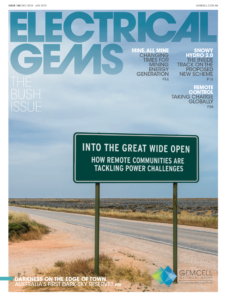
Issue 148
DEC 2018 - JAN 2019

Issue 147
OCT - NOV 2018
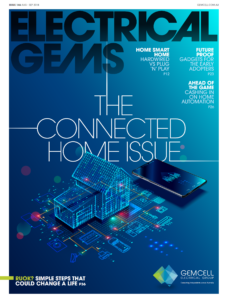
Issue 146
AUG - SEPT 2018

Issue 145
JUN - JUL 2018

Issue 144
APR - MAY 2018
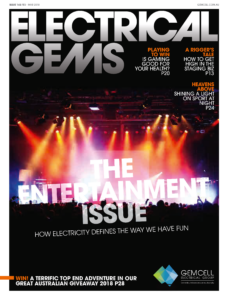
Issue 143
FEB - MAR 2018

Issue 142
DEC 2016 - JAN 2017
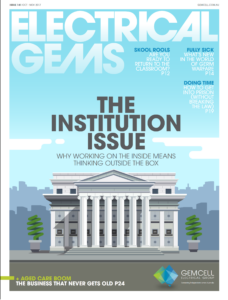
Issue 141
OCT- NOV 2017
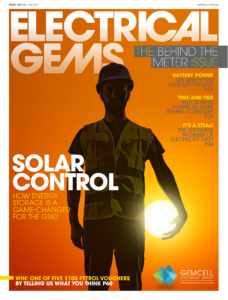
Issue 140
AUG - SEPT 2017
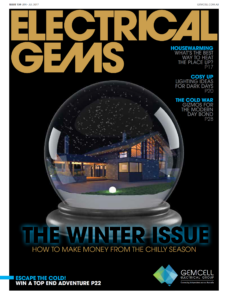
Issue 139
JUN - JUL 2017

Issue 138
APR - MAY 2017

Issue 137
FEB - MAR 2017
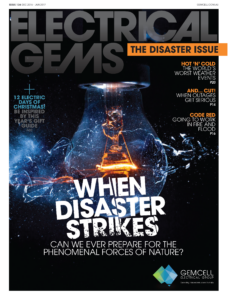
Issue 136
DEC 2016 - JAN 2017

Issue 135
OCT - NOV 2017

Issue 134
AUG - SEPT 2016
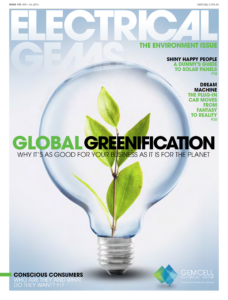
Issue 133
JUN - JUL 2016

Issue 132
APR - MAY 2016

Issue 131
FEB - MAR 2016

Issue 130
DEC 2015 - JAN 2016

Issue 129
OCT - NOV 2015

Issue 128
AUG - SEPT 2015

Issue 127
JUN - JUL 2015

Issue 125
APR - MAY 2015

Issue 125
FEB - MAR 2015
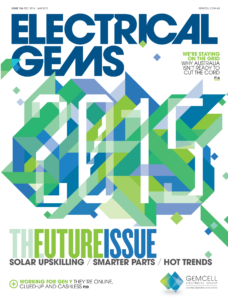
Issue 124
DEC 2014 - JAN 2015
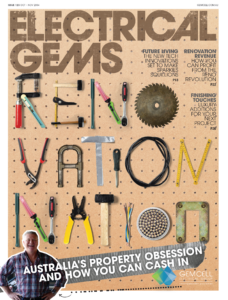
Issue 123
OCT - NOV 2014

Issue 122
AUG - SEPT 2014

Issue 121
JUN - JUL 2014
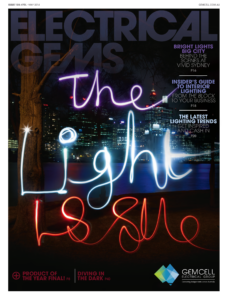
Issue 120
APR - MAY 2014

Issue 119
FEB - MAR 2014
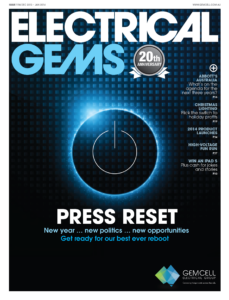
Issue 118
DEC 2013 - JAN 2014

Issue 117
OCT - NOV 2013

Issue 116
AUG - SEPT 2013

Comments (0)
Write a Comment